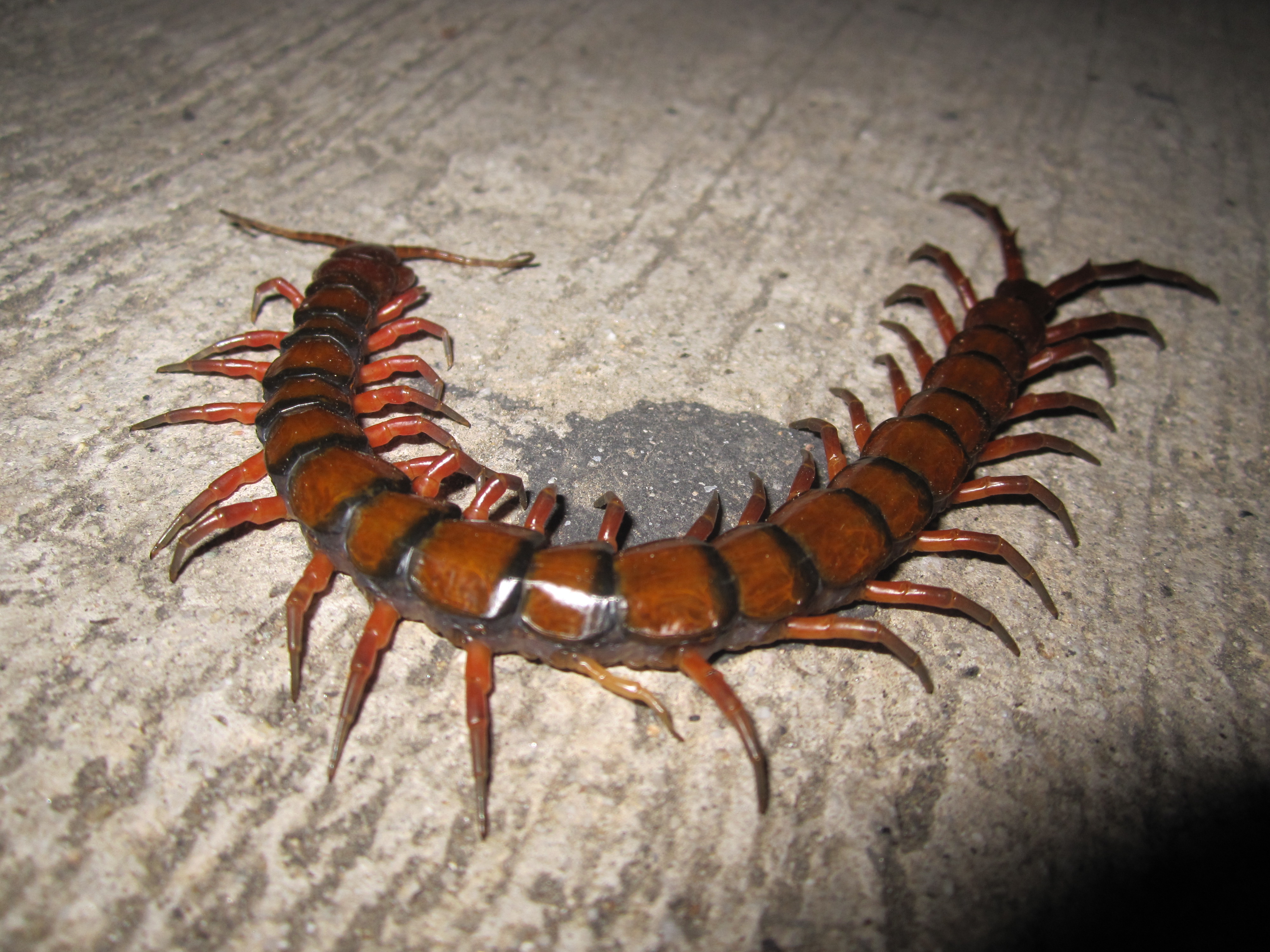Giant "horrific-looking" first amphibious centipede discovered

The world's first amphibious centipede has just been confirmed. It swims, and unlike other centipedes who hunt on land, this one hunts in water. It has super long legs to help it swim and, like all centipedes, is carnivorous. It also has a powerful bite, causing excruciating pain.
The discovery started in 2001, when entomologist George Beccaloni from the National History Museum in London was on his honeymoon in Thailand. He turned over a rock near a stream, and was surprised at what he found. According to National Geographic:
"It was pretty horrific-looking: very big with long legs and a horrible dark, greenish-black color," he says.When Beccaloni lifted the rock it was hiding under, the centipede immediately escaped into the stream, rather than into the forest. It ran along the stream bed underwater and concealed itself under a rock.
With some difficulty, Beccaloni captured the centipede and later put it in a large container of water. He says it immediately dove to the bottom and swam powerfully like an eel, with horizontal undulations of its body. When he took the centipede out of the container, the water rolled off its body, leaving it totally dry.
Beccaloni brought the centipede back to the museum, where it was kept all these years, without further study. Then recently, another scientist from the Natural History Museum in London took a trip to Laos with his student from Thailand, and they discovered two more of these amphibious centipedes. A DNA test proved that they were indeed a new species, which they named Scolopendra cataracta, which means "waterfall" in Latin. They live in Southeast Asia.
Read the full story here.The entire species is known from just four specimens: the two collected in Laos, Beccaloni's swimming specimen from Thailand, and a fourth specimen that was collected in Vietnam in 1928 and was in the collection at the Natural History Museum in London, misidentified as a more common species.